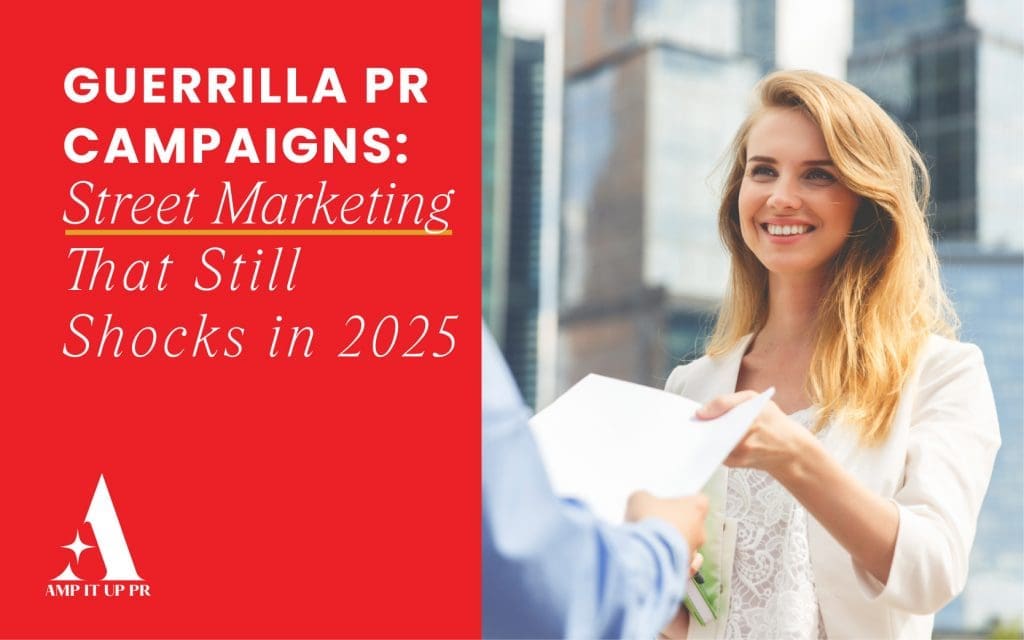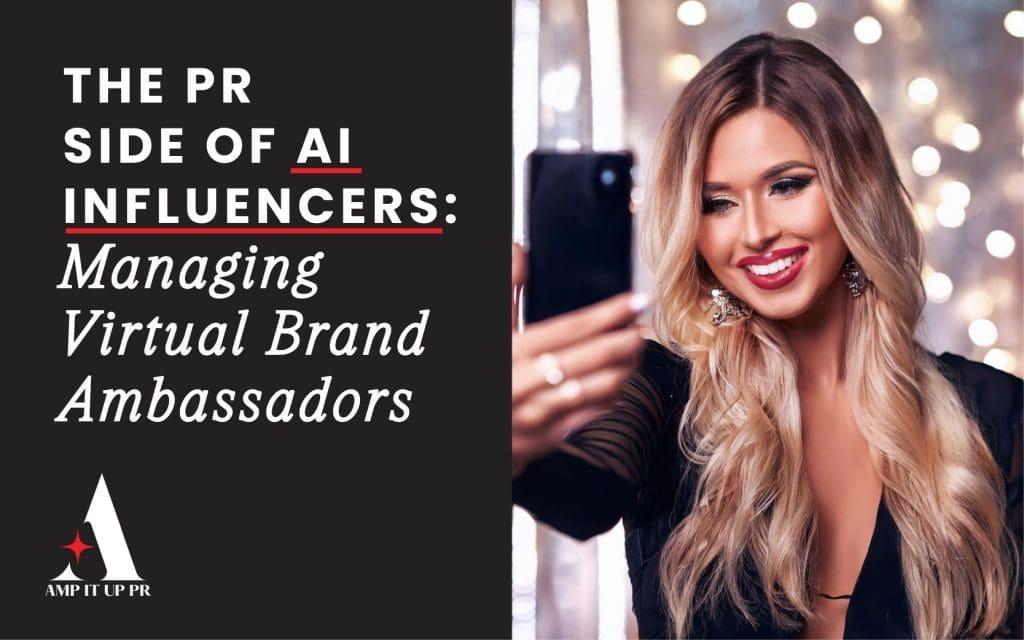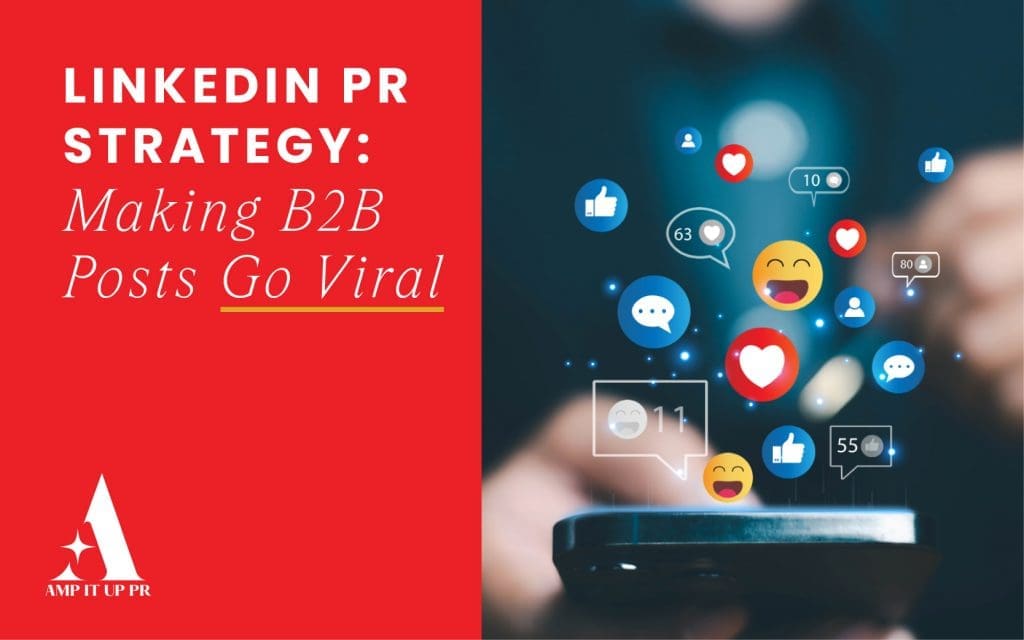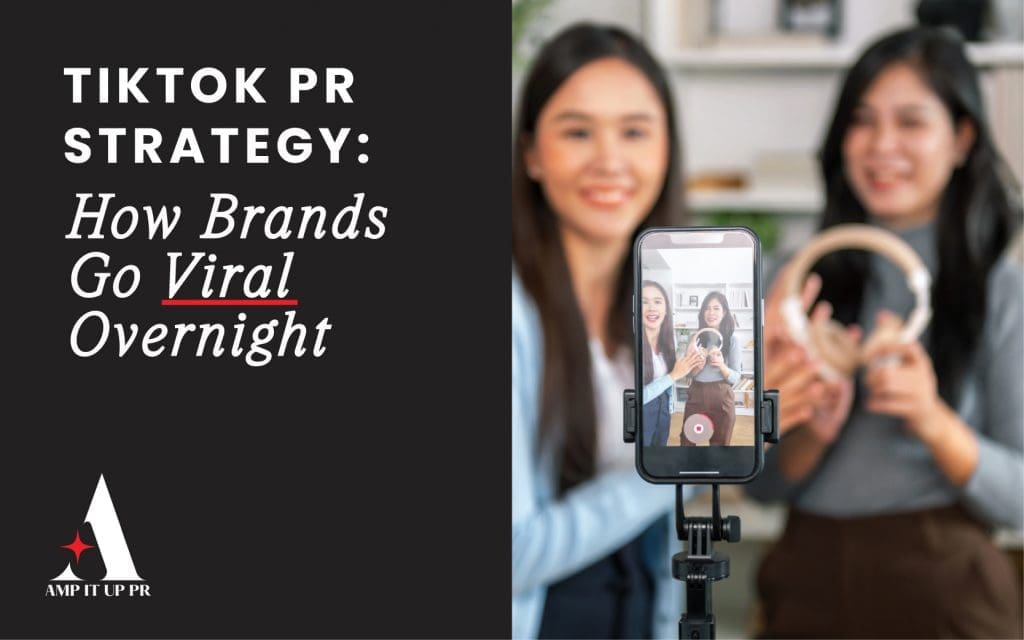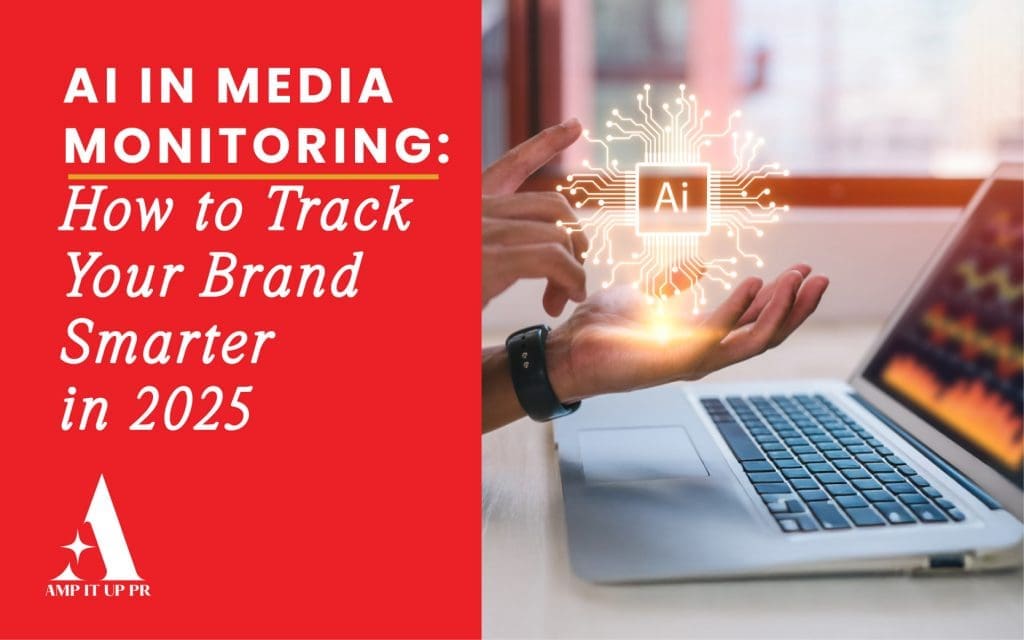The moment a crisis hits, time is no longer your ally. Social media accelerates rumors, journalists start calling, and customers want immediate answers. Brands that hesitate often find themselves at the mercy of headlines they cannot control. This is where a crisis communication strategy makes the difference between irreparable damage and an opportunity to show leadership.
The truth is simple: if you wait until the storm arrives, you are already behind. Having a proactive framework ensures your brand doesn’t just react to problems—it responds with clarity, empathy, and authority. At AMP IT UP PR, we’ve seen companies turn potential disasters into trust-building moments because they were ready. Those without a plan, unfortunately, often learn the hard way.
What Most Brands Miss in Crisis Prep
A common mistake is assuming that a general PR plan is enough to weather a crisis. It isn’t. Regular PR is designed to amplify growth and build visibility. A crisis communication strategy, on the other hand, is about containing reputational fallout and maintaining confidence when everything feels uncertain.
Most brands overlook three realities. The first is that speed matters more than polish. In the early hours of a crisis, even a brief, empathetic holding statement buys time and credibility. The second is that consistency across channels is non-negotiable. A brand that says one thing in a press release and another on social media risks losing trust entirely. The third is that untrained spokespeople can do more harm than good. Without preparation, executives may crack under pressure or say something that worsens the story.
Many small businesses ask whether they can afford crisis planning. The truth is they can’t afford not to. A single controversy can wipe out years of brand equity, and preparation almost always costs less than repair.
Building a 4-Step Crisis Response Framework
Designing an effective crisis communication strategy doesn’t require endless complexity. What it does require is foresight and discipline. The first step is to assess risks before they become realities. Every company has vulnerabilities—whether it’s a potential data breach, a supply chain failure, or an executive misstep. Identifying them in advance allows you to shape tailored responses.
The second step is to establish a crisis team. When the heat is on, you don’t want confusion over who is in charge. Assigning clear roles to communications specialists, executives, legal advisors, and customer support ensures decisions are made quickly and consistently.
The third step is to create templates, talking points, and internal guidelines that can be activated within minutes. Drafted holding statements, pre-approved Q&As, and press release frameworks save precious time while ensuring your messaging is accurate and empathetic.
Finally, rehearsal is what transforms a plan into muscle memory. Just as companies practice fire drills, simulating crisis scenarios prepares teams to face pressure without panic. Best practice is to revisit and refine your crisis plan annually—or sooner if your company undergoes major changes.
Reputation Insurance: Social Listening and Monitoring
Even the strongest framework is incomplete without vigilance. Social listening tools act as an early warning system, helping brands detect issues before they spiral into crises. A complaint on X, a spike in negative reviews, or a viral video often appears online hours before it catches the attention of mainstream media. Brands that monitor these signals can respond swiftly, sometimes defusing tension before it escalates.
For instance, one hospitality client we worked with avoided a reputation disaster by identifying online complaints within 24 hours of going viral in niche forums. By addressing the concerns transparently, they turned critics into advocates and earned public praise for their honesty. That is the power of combining monitoring with a proactive crisis communication strategy—it doesn’t just protect reputation; it strengthens it.
AMP IT UP PR’s Crisis Kits and Response Plans
At AMP IT UP PR, we design crisis communication kits that function as insurance policies for your brand’s reputation. These aren’t generic templates pulled from a shelf—they are customized systems built for the specific vulnerabilities and opportunities of your business. We prepare messaging frameworks, train spokespeople for high-pressure interviews, and create monitoring dashboards that flag issues before they explode.
Our approach is hands-on. We don’t simply hand you a binder—we embed ourselves with your team so that when a crisis strikes, activation feels seamless. This preparation transforms uncertainty into readiness and ensures that your brand responds with strength rather than panic.
Conclusion: Crisis-Proof Before It’s Too Late
Every brand is one step away from a potential crisis, whether through human error, external events, or unforeseen circumstances. Hoping it won’t happen is not a strategy. Preparing now is what allows you to safeguard your reputation later.
A strong crisis communication strategy is more than a defensive shield; it is an opportunity to build resilience, reinforce trust, and even emerge stronger than before. At AMP IT UP PR, we help brands design these safety nets so that when challenges come, they respond with confidence instead of fear.
Checkout our services, Get a Quote page, learn about our team on Our Team page, or Book a Consultation with us to explore how we can elevate your brand.

